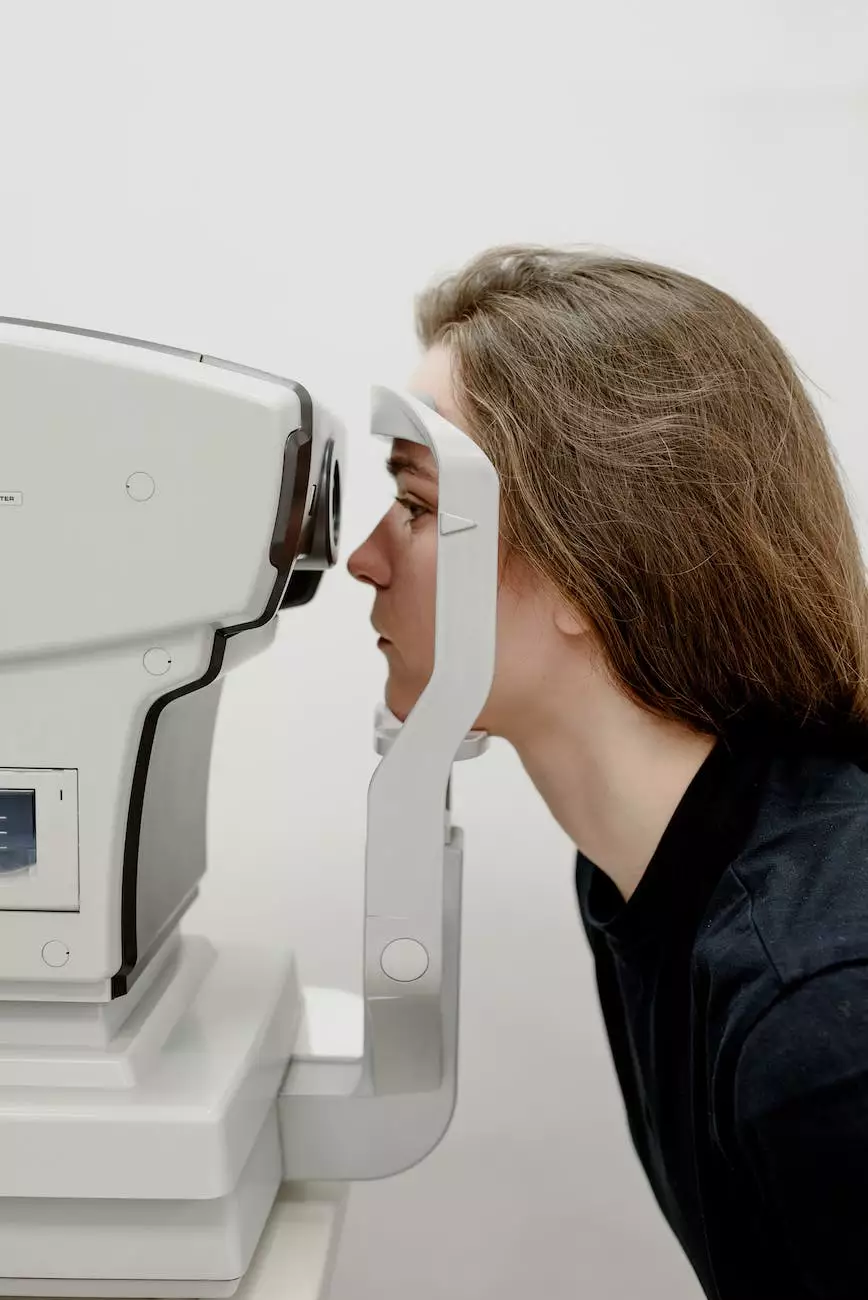Observation Status Information for Patients and Families

Understanding Observation Status in Healthcare
Welcome to Foley James D MD, where we aim to provide comprehensive patient education resources. In this article, we will delve into the concept of observation status in healthcare and how it may affect patients and their families.
What is Observation Status?
Observation status refers to a classification used by healthcare facilities to monitor and evaluate patients in order to determine the necessity of inpatient admission. When a patient's condition is not immediately clear or requires further assessment, they may be placed under observation status instead of being admitted as a full inpatient.
Objectives of Observation Status
The primary objectives of observation status are as follows:
- Monitor patients closely to evaluate their condition and need for inpatient care.
- Provide adequate medical care and treatments while assessing the patient's responsiveness.
- Reduce unnecessary hospital admissions and associated costs.
- Ensure appropriate utilization of healthcare resources.
Length of Observation Status
The length of observation status can vary, typically ranging from a few hours to several days. During this period, healthcare professionals closely monitor the patient's symptoms, conduct diagnostic tests, and administer necessary treatments.
Key Differences between Observation Status and Inpatient Admission
It is crucial to understand the differences between observation status and inpatient admission to ensure transparency and informed decision-making. Some key differences include:
- Insurance Coverage: Medicare and private insurers may have different coverage policies for observation status compared to inpatient admission.
- Costs: Observation status can involve different cost-sharing arrangements for patients, including copayments, deductibles, and out-of-pocket expenses.
- Length of Stay: Observation status generally has a shorter duration compared to inpatient admission.
Implications for Patients and Families
Understanding observation status is crucial for patients and their families to make informed decisions about their healthcare. Here are a few important considerations:
- Insurance Communication: Familiarize yourself with your insurance coverage policies regarding observation status to ensure appropriate reimbursement and costs.
- Shared Decision Making: Engage in open communication with your healthcare team to understand the reasons behind the observation status and actively participate in the decision-making process.
- Patient Rights: Be aware of your rights as a patient, including the right to review and appeal any observation status decisions.
How Foley James D MD Can Assist You
At Foley James D MD, we prioritize patient education and advocacy. Our team is dedicated to helping you navigate the complexities of observation status, ensuring that you have the necessary information to make well-informed decisions about your healthcare.
Our experienced healthcare professionals are available to answer any questions you may have regarding observation status, including insurance coverage, costs, and patient rights. We not only provide medical expertise but also serve as a resource to empower patients and their families.
Whether you are seeking guidance on understanding the implications of observation status or require assistance with navigating the healthcare system, Foley James D MD is here to support you every step of the way.
Contact our team today to schedule an appointment or for further information. We are dedicated to your well-being and ensuring your understanding of observation status in the health industry.




